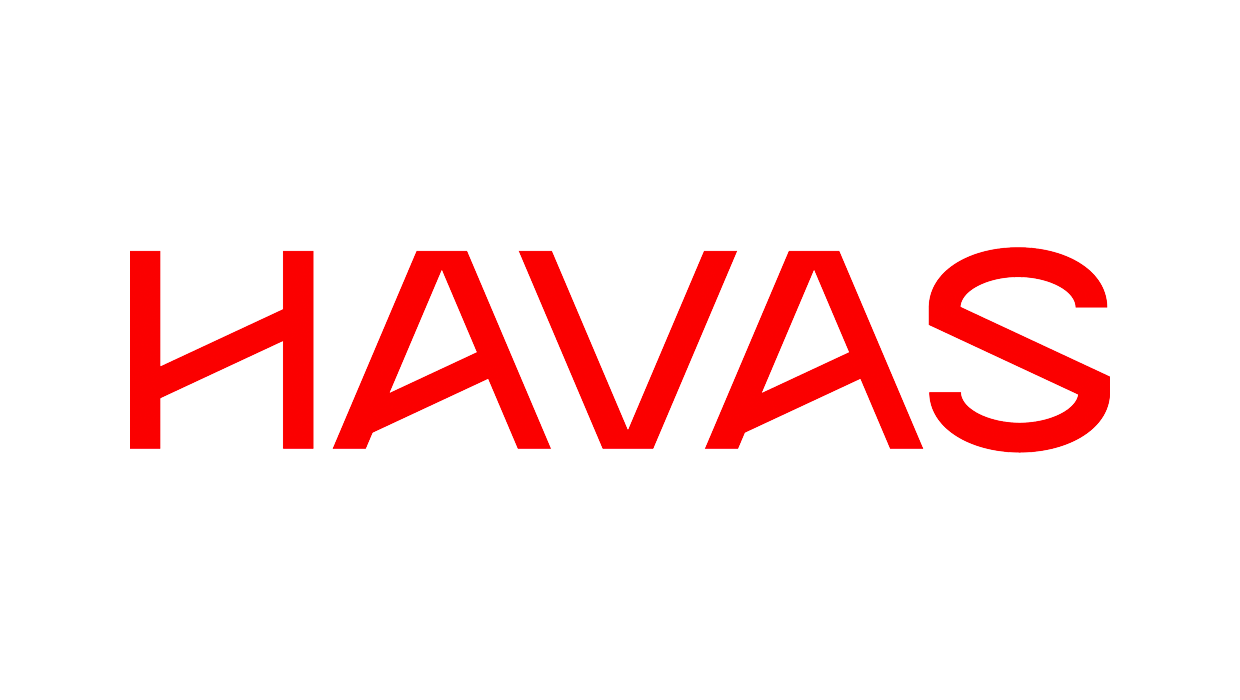Whether its small, medium or large-sized businesses, more and more brands are looking for ways to resonate with Chinese consumers. But, it’s not the simple proposition that marketers might be hoping for.
China is not one market, but many spread across a vast area. And its made up of modern Chinese consumers that are savvy, spoiled, obsessed with social media, attached to their smartphones and operating in an increasingly cashless society.
So what can marketers do to get their attention?
Convenience and mobile a must
Chinese consumers prioritize convenience and mobile online access. Brands need to equip themselves with e-commerce outlets, online payment options – WeChat Pay or Alipay – and official social media accounts. Ideally, these should be optimized for viewing and use on smartphones.
However, keep in mind that different generations have different social media preferences. Young people gravitate to dating apps, short-video platforms in addition to WeChat and Weibo while those in their 40s tend to stick to platforms such as WeChat.
Consumers, particularly those in their 20s, take recommendations from these Chinese bloggers very seriously.
A similar differentiation exists between developed cities in the first tier and second tier and developing cities that are in the third tier and below as well as between urban and suburban areas. Those in more developed areas use more diverse social media platforms instead of simply sticking with WeChat. Selecting the right channels and areas is crucial to attracting your target audience.
Another important factor for brands is understanding China’s KOLs – Key Opinion Leaders. Comprised of bloggers, celebrities, athletes and public figures, they wield much more power in China than their Western counterparts.
Consumers, particularly those in their 20s, take recommendations from these Chinese bloggers very seriously. When they recommend a product, they’re putting their reputation on the line so people trust their recommendations. These KOLs create and make their living by word of mouth so they are perceived as not only aspirational but reliable and credible.
Many have loyal and dedicated fan bases. They are also able to promote products, act as brand ambassadors and can even sell products directly. The more successful KOLs have multiple income streams from their own products, co-branded items, sponsorships, product reviews, live streaming tips and virtual gifts and more.
With all of the above in mind, here are 5 tips to get the attention of Chinese social media users:
Partner with KOLs or mini-influencers
KOLs have larger audiences on pillar platforms such as WeChat and Weibo. Partnering with them will ensure that your brand gets wide exposure on Chinese social media. However, these KOLs also charge more for their promotional services so some might be out of the price range of smaller brands.

Popular influencer, Zhang Dayi (Image AliExpress)
Mini-influencers might be a better option for those working with more modest budgets. They are up and coming KOLs on larger platforms who are just beginning to establish an audience or established bloggers on smaller or more specialized platforms.
Make short videos a priority
Short videos have exploded on Chinese social media and they can convey messages more quickly and vividly than written. Michael Kors used short film effectively in a music video promotion done in cooperation with Dou Yin.
Participants were asked to use Michael Kors virtual stickers provided by Dou Yin as decorations on the video. More than 30,000 people uploaded their videos with total views reaching 200 million with 8.5 million likes.
The campaign helped Michael Kors successfully refresh its brand image while collecting user-generated content and engaging a young target audience.
The humorous interactions between brands on Weibo are always fun to watch and nobody does it better than Durex. Durex China is famous for flirting with other brands on Weibo.
Some larger platforms, such as Weibo, now rely heavily on short videos to draw in viewers. There’s also a fragmented group of short video platforms that feature specialized content. For example, Meipai focuses on cosmetics and fashion, Miaopai is for funny videos captured live whereas Xigua is for high-quality productions. Brands can use these platforms to pinpoint target customers and powerful KOLs in desired categories.
Use advanced tech to enhance content.
Make content your first priority. Once you’ve got that, look for ways to enhance it with interactive H5 pages, live streaming, games or even augmented reality. Done well, it can spread like wildfire.
A great example is an interactive H5 page by Sougou Input Editor launched after Christmas in 2017 went viral.
Long audio messages are also a trend in China. People use them because typing Chinese characters is time-consuming, so instead, they send audio messages. Sometimes these messages are long or there are five of them in a row and this bothers lots of people. Especially when they’re in a situation where they can’t listen to the messages.
The H5 page shows a video of a white-collar worker receiving several long audio messages during a meeting. He immediately leaves the meeting to find the person who sent the messages rushing through buildings and down the street in parkour style.
When he finds the message sender, he tells him never to send long messages again followed by a message from Sougou that using their input editor makes text messages quick and easy.
The key to its success was the use of movie shooting techniques to create a fast-paced, first-person perspective of a thrilling experience.
Discounts and incentives in creative and shareable ways
Up and coming apps, such as food takeaway apps Ele.me and DianPing, are great examples in this area. For example, after customers complete their order on Ele.me, the system automatically sends the customer a red packet with a small, randomly chosen discount.
It’s usually around 1 or 2 yuan depending on the order amount. Customers can share this red packet with their friends with both enjoying discounts allowing the brand to enhance their bond with their original customers while attracting new ones.
Engage in cross-branding and cross-promotion
The humorous interactions between brands on Weibo are always fun to watch and nobody does it better than Durex. Durex China is famous for flirting with other brands on Weibo.
For Thanksgiving, 2017, Durex made 13 posters thanking other brands. For example, as condoms are usually kept at the front of the store, by the cashier and sit alongside the gum, snacks and candy, they thanked Wrigley for being a helpful excuse for people to buy a pack of Durex condoms.
This post was shared 16,000 times and got 4,200 comments. Wrigley, responded to Durex thanking it for its company, sitting side by side on the store shelf every day, and also told Durex to not to be shy and “open its mouth” anytime it felt like it.
At the end of the day, every brand won as their followers increased dramatically and their promotion messages reached millions of people at no cost.
Summing up
If brands can pinpoint their target group’s favored social media platforms, find the right KOL to work with and leverage quality content, they will connect with their audience.
Becoming familiar with China’s unique social media landscape and coming up with the right content can take a while. It’s not an easy job but the rewards are huge for a job done right. And brands that master this have the future at their feet.
You can get more insight from Ashley’s book “Unlocking the World’s Largest E-Market: A Guide to Selling on Chinese Social Media.”

































